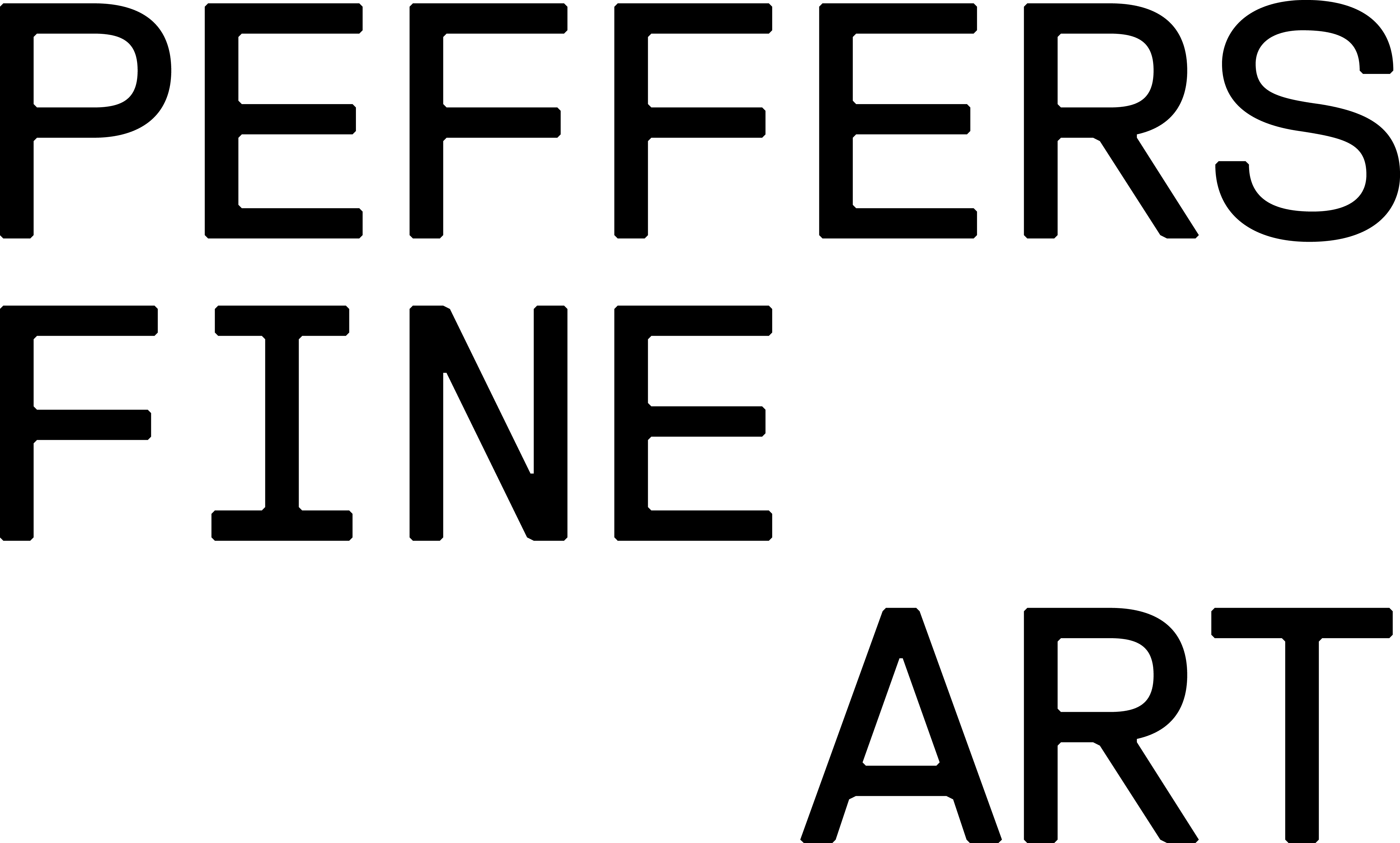Vladimir Tretchikoff: Herb Seller, 1950
-
-
-

-
Vladimir Tretchikoff’s painting Herb Seller (1950) occupies a significant position within South Africa’s mid-20th-century visual culture. Executed four years after Tretchikoff's arrival in South Africa, following a journey marked by displacement and cross-cultural experience – born in Russia, raised in China, and later living in Singapore and Java before arriving in Cape Town in 1946 – the painting embodies the artist's distinctive hybrid visual language and acute sensitivity to his adopted homeland.
Critically, Tretchikoff’s approach often balanced realism with an almost surrealist stylisation, enabling psychological depth alongside symbolic resonance. Although historically dismissed by some as overly commercial, Tretchikoff’s work today is reappraised for its meaningful reflection of complex identities, migrations, and cultural exchanges – issues that remain profoundly relevant today.
Tretchikoff’s artistic practice in South Africa was regularly inspired by the people he encountered in everyday life. As Monika Sing-Lee, the model for his iconic painting Chinese Girl (1952) recalled, he simply went up to her while she was working at her uncle’s laundry in Sea Point and said ‘Hello! I’m Tretchikoff! I want to paint you.’ Tretchikoff’s artistic interest in Valerie Howe, who posed for Lady from the Orient (1955) and Miss Wong (1950s) arose, according to her son, via a chance encounter while walking her dog in Camps Bay. However, before Tretchikoff painted his most recognisable works, his artistic eye was drawn to the far more earthy features of a woman who sold herbal remedies on the Grand Parade.
As his biographer, Boris Gorelik, suggests, on arriving in Cape Town Tretchikoff was drawn to the city’s hybrid Coloured culture with both its indigenous and eastern roots. He took to painting many of the female hawkers and flower sellers he encountered there. He painted the herb seller, who we now know was Mrs Wilhelmina Kleinsmidt, on at least two occasions, once in 1949 and again in 1950.
Perhaps the more famous of the portraits of the herbalist is Herb Seller (1949). Here, Mrs Kleinsmidt appears seated before her collection of medicinal khaki bos, klip dagga, African potatoes, and boegoe. Behind her, pasted and weathered on the brick wall, are the 1948 ‘apartheid’ election posters of Jan Smuts and DF Malan. Herb Seller (1949), in many senses, captures a moment when apartheid's policies were becoming institutionalised, intensifying racial segregation and marginalisation.
-
“Tretchikoff’s work today is reappraised for its meaningful reflection of complex identities, migrations, and cultural exchanges – issues that remain profoundly relevant today.”
-
Alongside each other, the Herb Seller (1950) version of Mrs Kleinsmidt shows a significant shift in Tretchikoff’s technique, foreshadowing the luminosity of his later, more popular, works. Here we see the beginnings of a subtle turquoise in her skin tone, which again intimates at the mode of painting that he would become most famous for. It is interesting to note that Tretchikoff’s shift in style began not with the more famous ‘oriental’ works, but with the paintings of a series of local hawkers in Cape Town.
Herb Seller (1950) is rendered in dramatic, almost cinematic, light, where the subject herself engages directly with the viewer. Like Chinese Girl, much of the canvas remains unworked which allows for a lustrous vitality in the face, hand, scarf and plant. Her rich, dark skin contrasts vividly with her vibrant red headscarf and the subdued unworked background. Her firm grasp on the bulbous plant, meticulously rendered, symbolises both her profession and deeper narratives of healing, sustenance, and cultural continuity.
As Gorelik discovered, Mrs Kleinsmidt had been taught the healing powers of local herbs by her father, who too had stood in all weathers, selling his rare herbs and sharing his atavistic knowledge on the Grand Parade. The plant Mrs Kleinsmidt offers the viewer, possibly a rendering of an African Potato, suggests something of the rootedness of her culture to the land. It is perhaps no coincidence that the work was produced in the same year as the passing of the Apartheid regime’s infamous Group Areas Act.
Through this portrayal, Tretchikoff elevates and commemorates an ordinary yet culturally significant figure, offering nuanced commentary on the socio-political realities of the time. Richard Buncher noted in his monograph, Tretchikoff (1950), ‘When this old Cape Coloured woman died shortly after the completion of this portrait, it was as if a landmark had been taken from Cape Town.’
-
Mrs Kleinsmidt depicted in Herb Seller (1949) [left] and Herb Seller (1950) [right]
-
In contemporary contexts, Herb Seller’s themes resonate deeply, addressing persistent social inequality, marginalisation of informal economies, cultural heritage, and human dignity amid systemic adversity. Current artistic practises similarly foreground marginalised voices, exploring cross-cultural identities and global interactions. Tretchikoff’s respectful, humanistic portrayal aligns with ongoing global dialogues around social justice, equity, and inclusion.
This painting, one of Tretchikoff’s earlier Cape Town portraits, emerges as particularly poignant and authentic, created before his style became more overtly stylised and commercially oriented. Herb Seller (1950) is both historically significant and contemporarily resonant, encapsulating cultural continuity and quiet resistance. Against the backdrop of the developing apartheid-era laws such as the Group Areas Act and Population Registration Act, Herb Seller endures as a visual testament to individuality and resilience amid systemic erasure. Today, it remains a powerful document of urban history and cultural endurance, inviting critical reflection on both past and present social realities.



![Mrs Kleinsmidt depicted in Herb Seller (1949) [left] and Herb Seller (1950) [right]](https://artlogic-res.cloudinary.com/w_3000,c_limit,f_auto,fl_lossy,q_auto/ws-artlogicwebsite1655/usr/library/images/main/feature_panels/535/duo-herb-seller.jpg)
